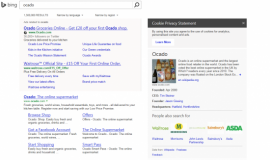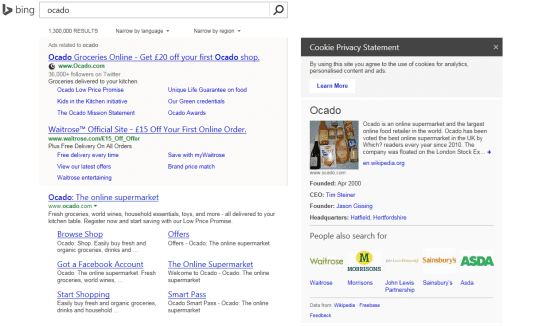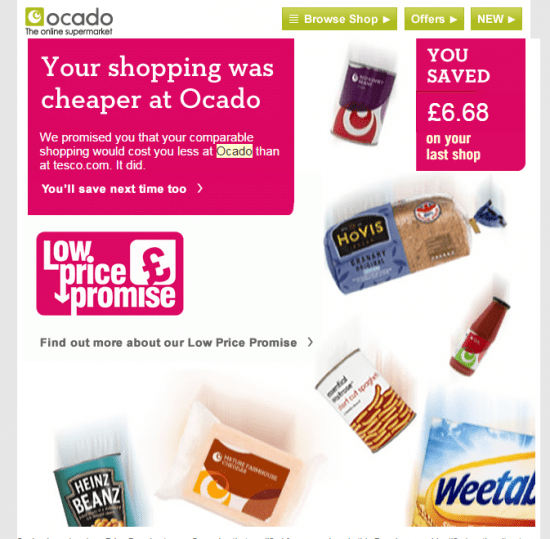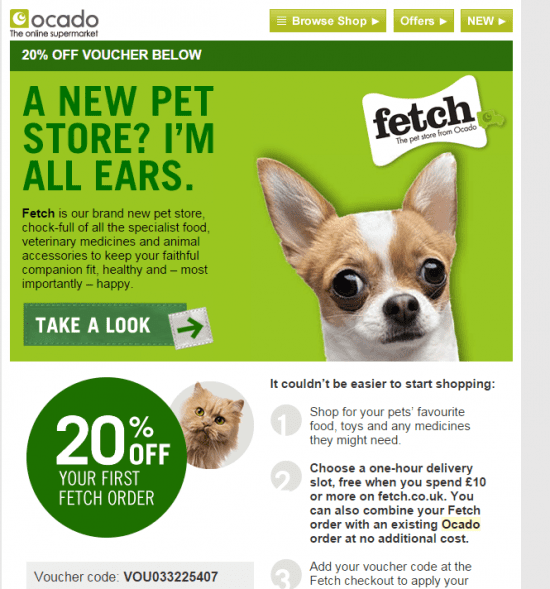Personalising customer Journeys with Personality – an example


Showing how integrating personalisation and automation can deliver a more personal experience
Long gone are the days when a website was a ‘one size fits all’ online brochure. Now your web presence needs to play a fundamental role not just in reaching prospects, but also leading them through a personalised customer journey toward conversion to customers and long-term engagement.
According to Econsultancy, 77% of companies are currently planning to increase their digital marketing spend in 2016. Whilst 38% of companies are focussed most heavily on acquisition, 62% recognise that retention is either as important or more important. It’s vital to remember that getting visitors to a website through acquisition tools is an expensive exercise if you don’t also successfully convert the customer and grow your customer equity. Estimates of how much it costs to acquire a new customer vary wildly from the conservative 3 times to an eye-watering 30 times the cost of retaining a customer. Whichever estimate you believe, it’s clear that to make the most of that increase in digital marketing spend, you need to think about the whole customer lifecycle.
We can learn from where the big brands invest to improve their online experience. Here, to illustrate this I have mapped the Ocado customer journey to the Smart Insights RACE model of the customer lifecycle to show how they have used automation and personalisation to manage their individual customer journeys. They also stamp their brand personality on the web and email communications, so the messages received are much more than service messages.
Reach: Using Acquisition Tools to Encourage Prospects to Visit Your Site
In this stage companies use acquisition tools to drive visitors to their website. A wide range of online and offline media are used to drive the initial contact with the company. That might start with Google or Bing search, or might be driven by push marketing on TV, radio, or press for example. In this example, a customer searches through Bing and sees a £20 off promotional offer for shopping at Ocado.
Act: Motivating the Prospect to Interact with the Brand
When landing on the Ocado website, the visitor is recognised as a first time visitor, and the same £20 off promotion is echoed on the landing page. The objective here is to incentivise the customer to take that first interaction by registering on the website. When accepting the cookie policy, the contact will be recognised as a unique individual on each return visit.
Convert: Turning the Prospect into a Paying Customer
Once registered the prospect leaves the first slice of data, typically including their name and email address. As the prospect continues to interact with the brand online, greater amounts of data are attached to their unique contact record. From now on the brand is able to customise and personalise every communication. Emails, mobile communications and web content can be personalised in every interaction. Whilst personalisation used to be limited to “Dear Julia”, data is now used far more creatively. For example, in this email received after the first shop, Ocado shows a saving of £ 6.68 derived from the individual’s shopping data.

Engage: Creating a Lifetime Relationship with the Customer
It is the ongoing relationship with the same customer over and over again that really leads to greater profit. For a brand to lose the customer at this stage would be a tragedy, and so every effort should go into increasing the engagement whilst not irritating the customer with irrelevant information. The more personalised the communications, the more relevant and engaging they will be.
This email about Fetch, the Ocado pet store, follows on from the purchase of cat food on a previous order.

Integrating Marketing Automation with your Website for the Ultimate Customer Journey
According to Digital Marketing Magazine “Audience segmentation is more paramount than ever before, with digital marketing, social media and CRM making the business of drilling down into who your customers are (and minute detail about their personalities) much easier. In 2015, this segmentation will become even more precise, as the communication between brands and customers continues.”
The ability to personalise web content, email and mobile marketing is best enabled by a web presence that is totally integrated with the marketing communications tools and customer records. Until recently this type of integration has only really been available to the big brands through highly bespoke systems.
Increasingly, integrated marketing software tools make personalised customer journeys available to a much wider range of companies.
The steps you need to take to create integrated customer journeys are:
References
To create this summary, CommsBox followed an Ocado customer journey over 13 weeks. For an illustrated and more detailed look at that journey, read the detailed Commsbox Analyis of Ocado’s One-to-One Personalised Marketing.
- Chartered Institute of Marketing, Cost of customer acquisition vs customer retention
- Commsbox, Marketing to a Segment of One – an Analysis of Ocado’s One-to-One Personalised Marketing
- Digital Marketing Magazine, What will Digital Marketing Look Like in 2015
- Econsultancy, Marketing Budgets 2015: digital investment continues to grow
- Smart Insights, Introducing RACE: a practical framework to improve your digital marketing
From our sponsors: Personalising customer Journeys with Personality – an example



